iPhone 15 looks great — but it’s not enough to make me ditch Android
iPhone 15 is a big step up for iPhones, but that's not enough for me
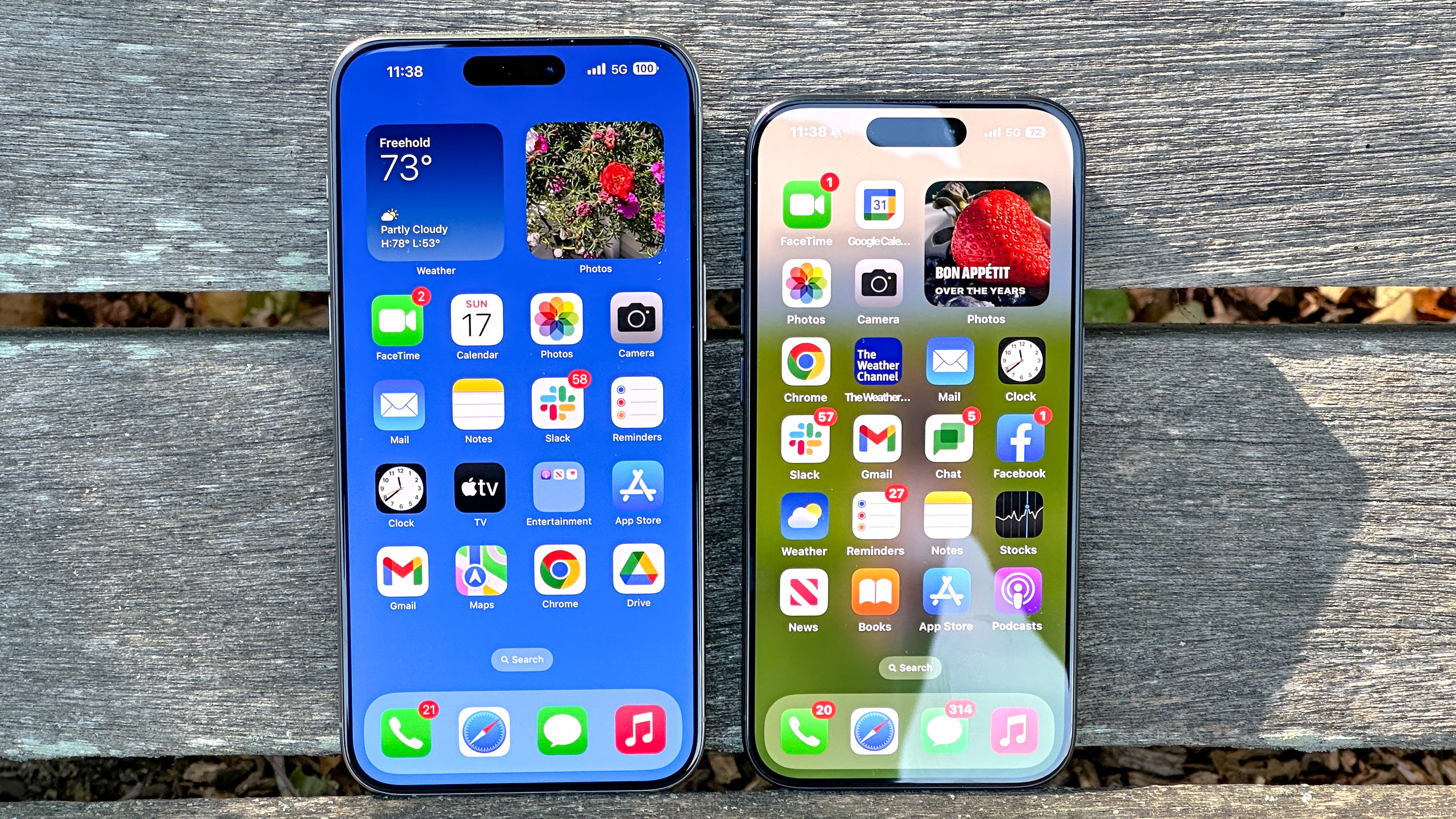
I have been a dedicated Android user for around 12 years now, ever since I ditched my first (and only) iPhone — the iPhone 3GS. A number of my colleagues here at Tom’s Guide have documented their experiences swapping back and forth over the years, but Apple’s never done anything to convince me it’s worth switching back.
The iPhone 15 may have a lot to offer as detailed in our iPhone 15 review, but it’s no exception to this trend. Regardless of all the improvements and upgrades Apple has added to this year's iPhone, there still doesn’t seem to be anything that makes the iPhone 15 seem particularly attractive — not when it means switching over from Android, at any rate.
Most iPhone 15 improvements would be wasted on me anyway
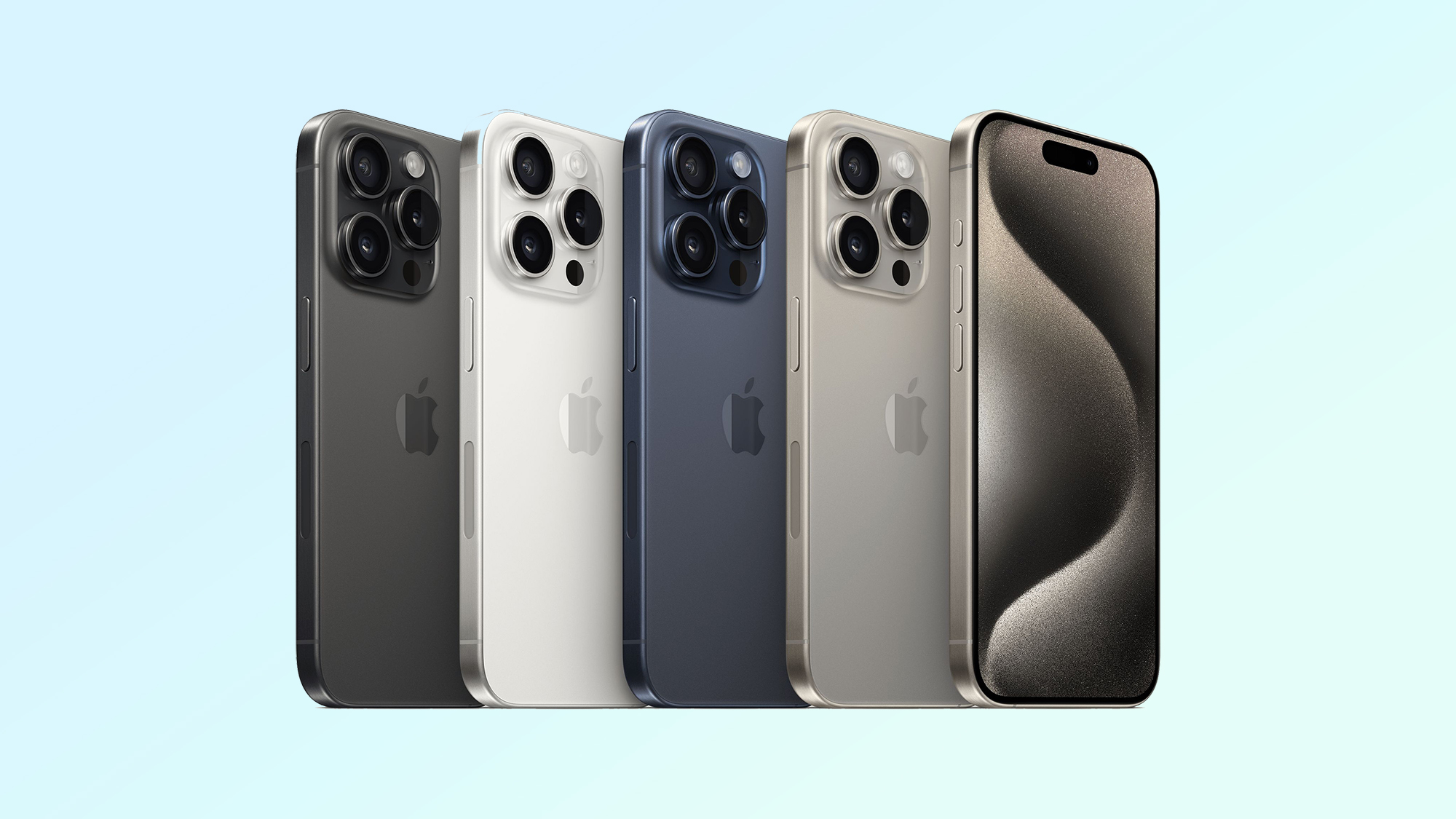
One of the main reasons why the iPhone 15 doesn’t really appeal to me is that there is no feature, or group of features, that makes buying one seem worthwhile. For someone with an older iPhone, especially if it’s older than an iPhone 13, the potential benefits of upgrading are pretty self-explanatory. In fact, most of the major upgrades feel like they’d be wasted on me.
Don’t get me wrong, some of the iPhone 15’s upgrades are quite impressive. (Well, the iPhone 15 Pro models are at any rate.) It’s just hard to get excited about some of the upgrades that the best Android phones have had for a very long time, particularly the tetra-prism telephoto lens that's just arrived on the iPhone 15 Pro Max.
It may not be the vertical periscope module that’s been employed on Android phones for half a decade, but it accomplished the same thing — more optical zoom without increasing the thickness of the phone. There’s more to it than that, like the fact the iPhone 15 Pro Max's tetra-prism has a 120mm focal length, but that leads me to another point: I am an incredibly casual photographer.
Honestly? My technical knowledge of cameras and their inner workings is laughable. I never bothered to learn, and so far it hasn’t had such a huge impact on my life. Much like my attitude to headphones, I’m more concerned with how good the final result is rather than the mechanisms and processes that made it happen — or how tweaking the settings could make it slightly better.
Apple makes some of the best camera phones out there, with a solid mix of hardware and software making the final pictures as good as they can be. That’s important, as mediocre photography was one of the reasons why I stopped using OnePlus phones. But for me, there comes a point where I’m very happy to settle for good enough rather than striving to have the best.
The same is true for a phone’s processor and other internal hardware. Apple A16 Bionic was already the chipset king, and A17 Pro seems to blow away any hope of Android chipsets competing. And I honestly couldn’t care less, and not just because I’m used to a phone running on the deliberately underpowered Tensor chipset. The A17 Pro would be absolutely wasted on me.
The most taxing game I’ve ever run on a smartphone is Stardew Valley, and I don’t even play that very often. If I’m playing a game on my phone it’s usually the mobile puzzle game, or I'm streaming from another device — be it my own console or a cloud server. The prospect of playing AAA games on my phone isn’t very exciting, and on the rare occasion I need to do any other resource-heavy stuff I prefer to do it on my laptop.
On top of that, as a staunch proponent of putting your phone in a darn case, I don’t see much benefit in swapping stainless steel for titanium. It’s shiny and sounds cool, but it still doesn’t seem worth the expense, even if it is noticeably lighter as Mark Spoonauer notes in his iPhone 15 Pro Max review.
I find iOS actively infuriating to use
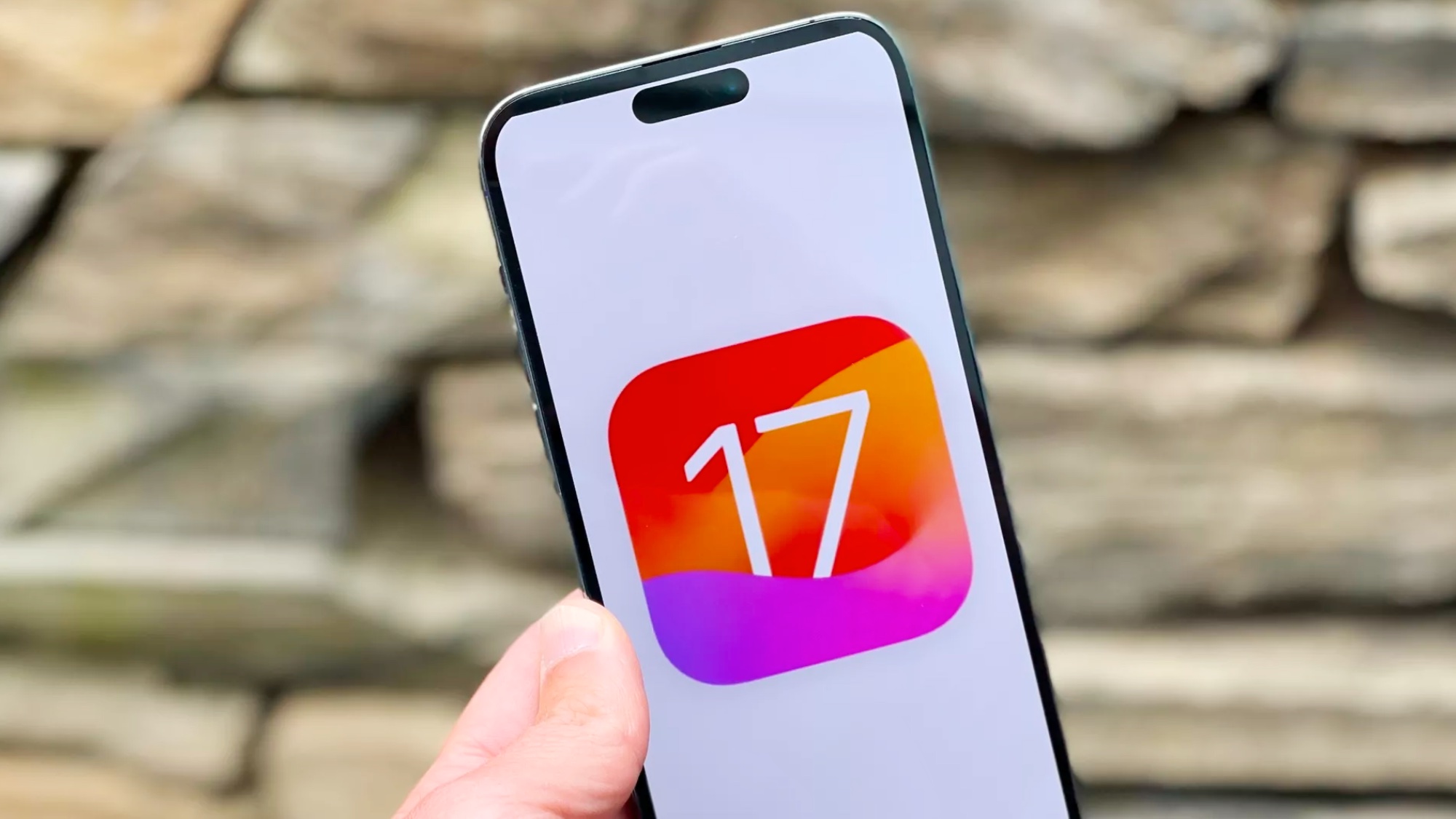
My biggest issue with iPhone 15 is one that I have with every iPhone, and that’s that it runs on iOS — which I despise with an absolute passion. Again, Apple has managed to offer a great many incredible things in the newly-launched iOS 17, but none of them really change the fundamentals of how the software runs.
Or more specifically, nothing has changed the fact that iOS’s backward navigation is still an inconsistent mess. I’ve spoken about this particular pet peeve of mine in the past, and despite the fact Apple introduced a new “backward” gesture several years back, it’s still only really implemented in Apple apps and systems. Everything else becomes more of a guessing game of whether the developer got involved, or if you’ll have to stretch your thumb to the top left corner to go back to the previous page.
Frankly it’s rather bizarre that Apple never saw fit to fix a problem that is so obviously unintuitive that it can marre the whole user experience in this way.
There’s also the general lack of familiarity to contend with, considering I’m two years into using the Pixel launcher, but not an iPhone-exclusive issue. Considering most phone makers like to tinker with Android before adding it to their devices, it’s a given that all Android users will have to acclimate to new systems at some point, assuming they aren’t dutifully loyal to a single brand – and no tech company deserves that kind of devotion.
iPhone 15 has some perks, but they’re not exciting enough
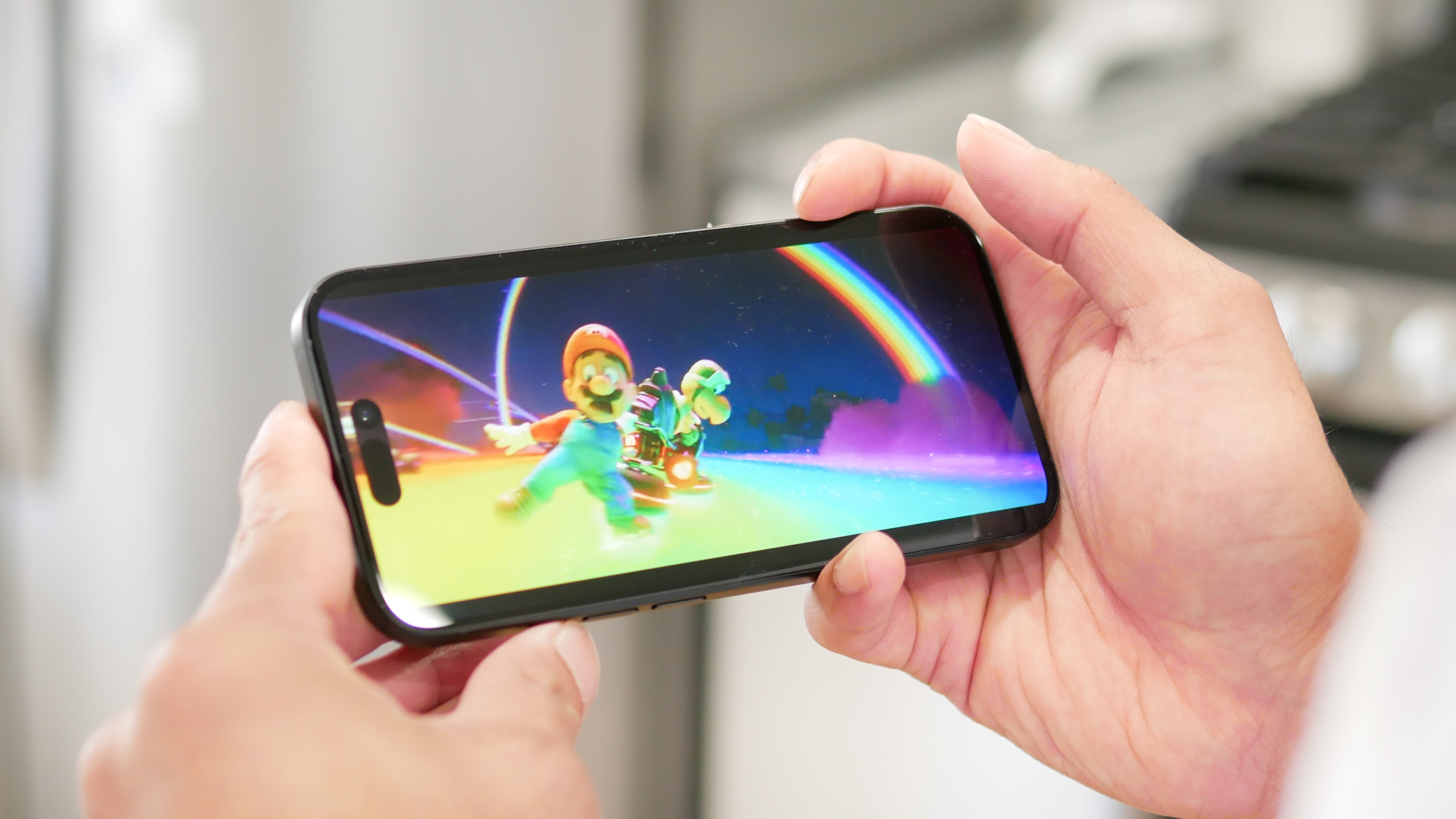
Of course, there are plenty of benefits to owning an iPhone. When you have the same phone as millions of people around the world, there are perks that come with it. Accessory support is one of them, and the launch of every new iPhone sees a sea of new accessories and products hit the market attempting to capitalize on new buyers, to the point where those companies are often trying to shill their products before the new phones are even announced. As popular as Samsung phones are, for example, they’re nowhere near popular enough to experience something similar.
Apple’s repair infrastructure is pretty spectacular, too, especially if you live near any kind of urban center in Europe or the U.S. I can leave my house right now, and within half an hour I could be at the Apple Store with a busted iPhone asking someone about trying to get it fixed. I might not get very far without an appointment, and not all problems can be fixed in store, but you can’t do that with a Google Pixel. Heck, I’m not sure if you can do that with a Samsung, and they have a pretty wide network of stores as well.
You also have the long term software support to go along with it. This can be a double edged sword, as I found out frantically deleting content on my iPad to try to make room to squeeze in the iPadOS 17 upgrade. But considering iOS 17 currently supports phones going back to 2018, with security support going back even further, it’s humiliatingly better than Android. The best you can hope for there is 2 to 4 years of Android updates and 3to 5 years of security support — depending on which phone you buy.
But these are benefits to owning an iPhone, rather than owning an iPhone 15. There are upgrades to this year’s batch of iPhones that I can appreciate, particularly the Dynamic Island that's come to the iPhone 15 and iPhone 15 Plus to put that horrible cutout camera lens to better use. It’ll never replace the sleek look of a truly full-screen phone, but it’s better than nothing at all.
The same goes for the Action Button on the Pro models. It has its limitations, like the fact it can only respond to a single tap and isn’t quite as satisfying as a physical mute toggle, But it is a new button that can be reprogrammed to do something you may find more useful than turning off the ringer. Apple has really embraced this whole “user choice” idea the past few years, and that can only be a good thing.
Then of course there’s the battery life, the one feature that should be prized above all else — despite so many phone companies screwing it up. As we've already seen, the iPhone 15 Plus and iPhone 14 Pro Max have destroyed the times set by their iPhone 14 counterparts — scoring 14 hours and 14 minutes and 14 hours and 2 minutes, respectively.
Neither time is quite enough to top our list of the best phone battery life, but it's significantly better than what most flagship Android phones have to offer — especially Google Pixels. Seriously, Google Pixel battery life is so embarrassingly bad it makes me wonder whether someone is screwing things up on purpose. And, frankly, that’s going to be one of the big factors in whether I upgrade my Pixel 6 Pro or not.
It’s not worth spending iPhone money
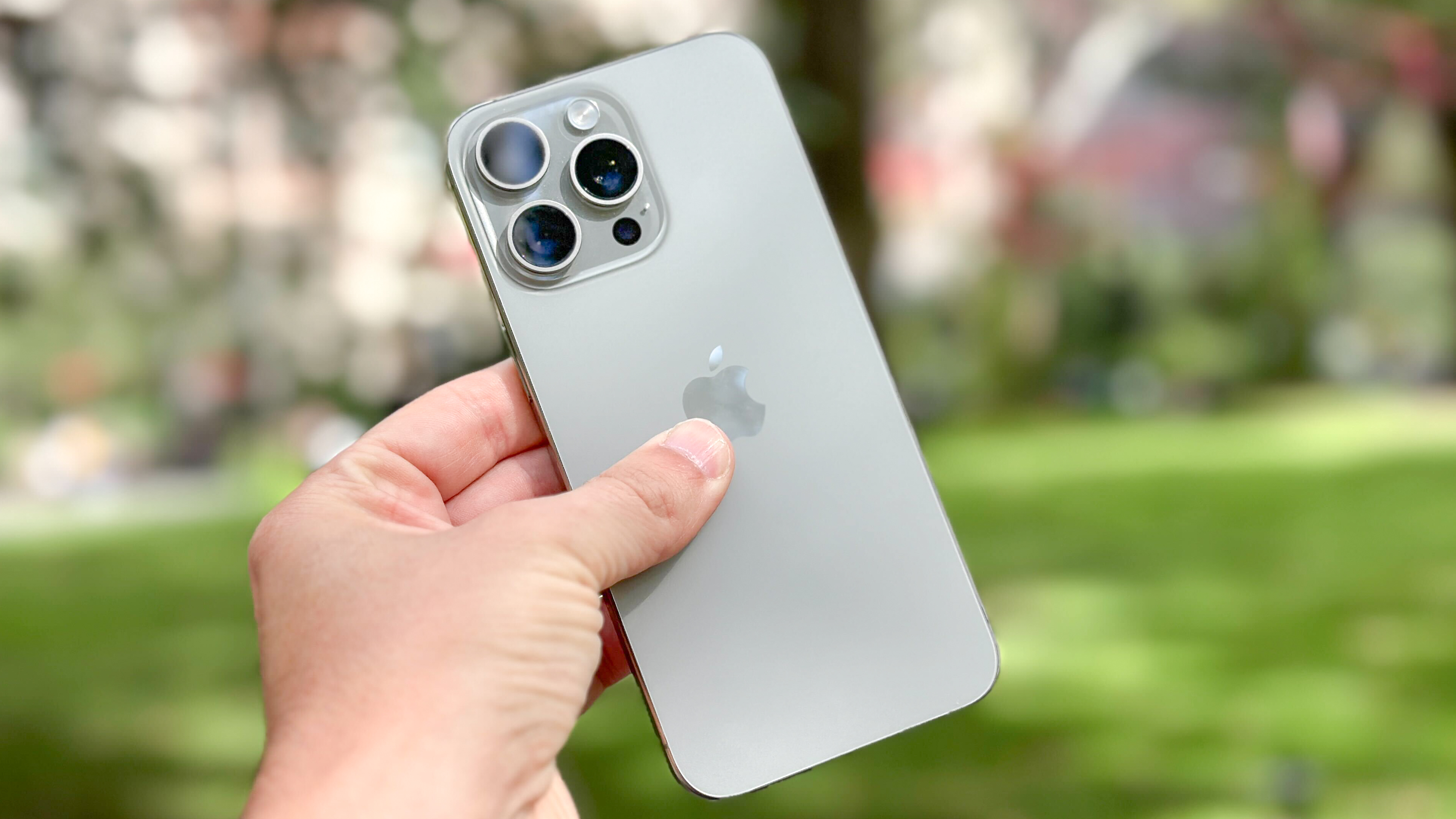
iPhones aren’t cheap either. I know that if I wanted an iPhone, I’d need to get the iPhone 15 Pro or Pro Max because the standard 15 wouldn’t feel good enough for a variety of reasons — least of all the lack of a telephoto lens. I’m very attached to the telephoto lens, because digital zoom just doesn’t do magnification justice.
As much as I like to say that I don’t care about having the latest and best smartphone technology, deep down I know that’s a lie. I may be happy keeping hold of my phone for a few years and not upgrading as soon as I can, but I still love having a shiny new phone with upgraded features.
New phones aren’t cheap, and premium phones can be prohibitively expensive — no matter who makes them. But at least with Android you have a choice to go to different manufacturers and try and save yourself a few bucks. Assuming you can stomach the various different variations of Android that exist.
In all likelihood my next phone will probably be some kind of Pixel — most likely a Pro. And no matter how expensive Google’s phones might be, they are usually cheaper than a lot of its rivals. Emphasis on usually, because the Pixel Fold is an outlier.
With little to entice me into spending the extra money an iPhone 15 Pro would command, I think I’ll stick to trying to figure out whether I want to upgrade to the Pixel 8 Pro or wait another year.
More from Tom's Guide
Sign up to get the BEST of Tom's Guide direct to your inbox.
Get instant access to breaking news, the hottest reviews, great deals and helpful tips.

Tom is the Tom's Guide's UK Phones Editor, tackling the latest smartphone news and vocally expressing his opinions about upcoming features or changes. It's long way from his days as editor of Gizmodo UK, when pretty much everything was on the table. He’s usually found trying to squeeze another giant Lego set onto the shelf, draining very large cups of coffee, or complaining about how terrible his Smart TV is.
